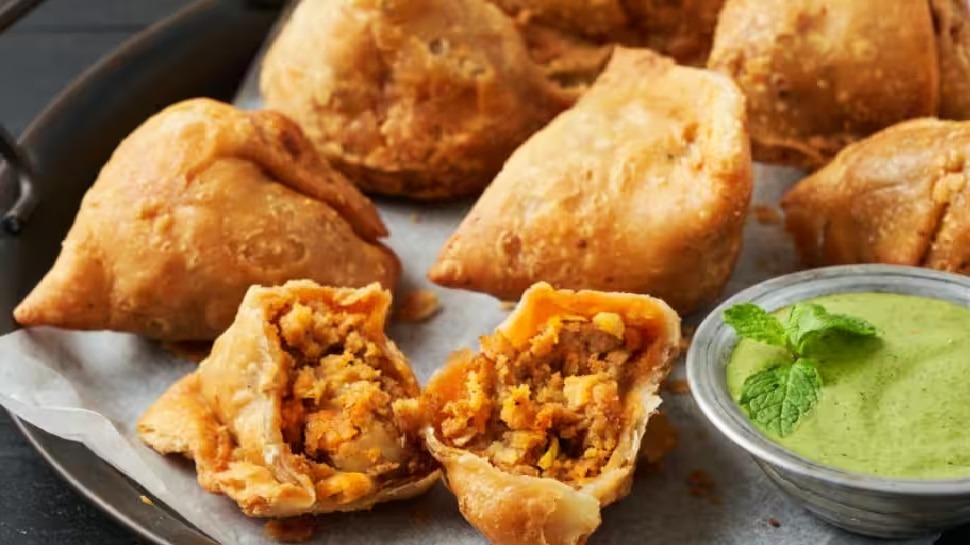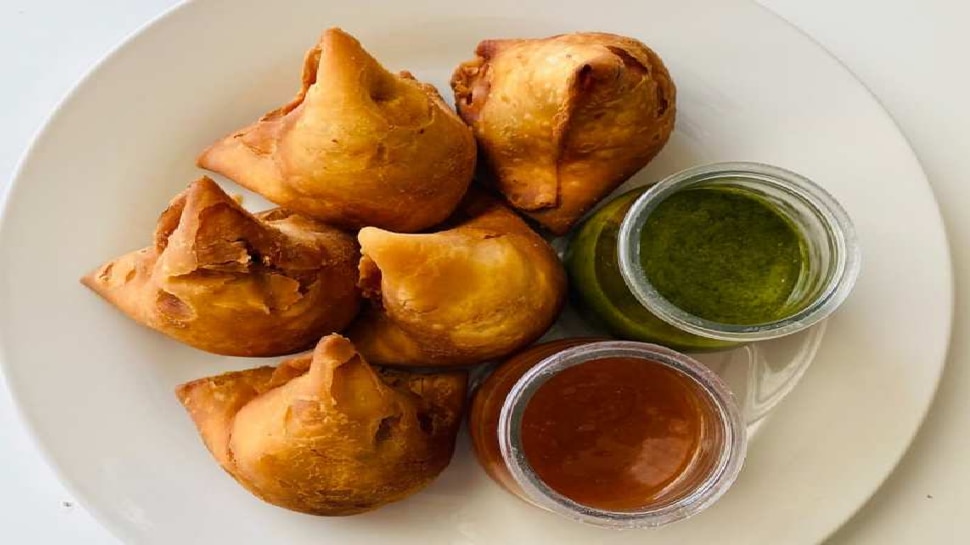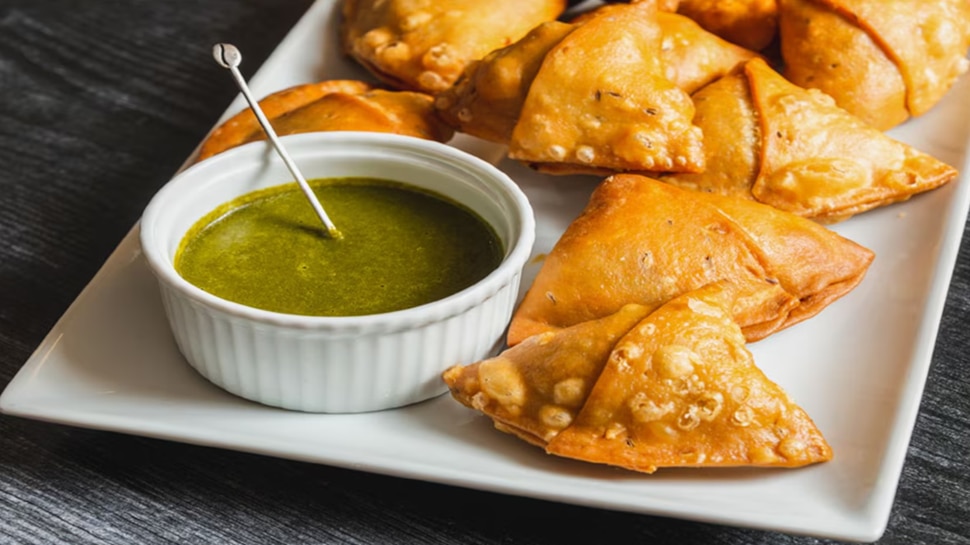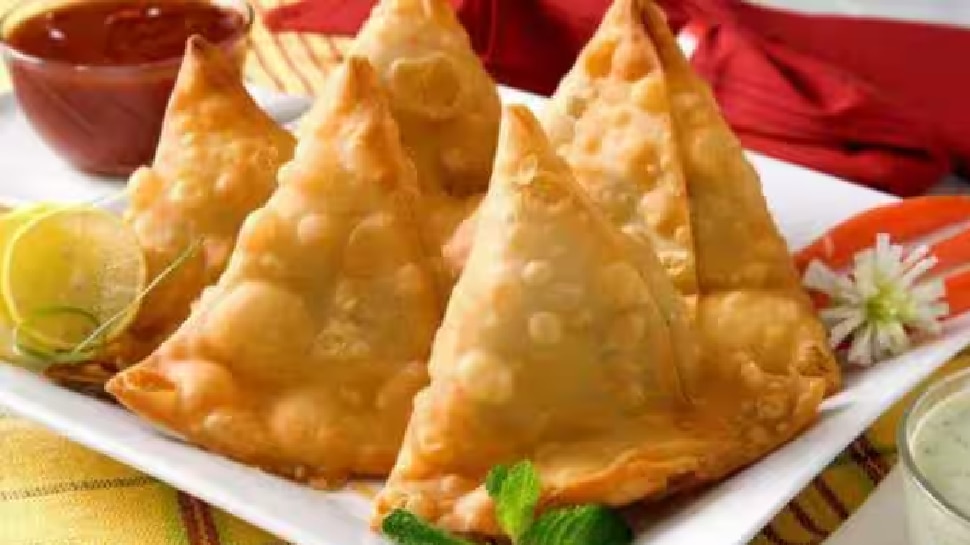
People of the Middle East used to go to different countries for trade and war. During this time they took local dishes with them, which gradually became popular in those countries.

Samosa, which rules the world of fried food in India, actually comes from Iran. According to an interesting story, royal pastries filled with mincemeat were served in the court of Muhammad Ghaznavi in the 10th century.

After coming to India, Indian spices started being added to samosas. Due to the large crop of potatoes, it was stuffed with potatoes and within no time it became the favorite breakfast of Indians. Today samosa is easily available everywhere. Whether you are standing at a roadside stall or in a fancy restaurant. Not only this, today you will find many varieties of samosas in the market, which are served with coriander-mint or tamarind chutney.

There is no specific reason behind the triangular shape, but it is likely that it was influenced by the culture of the Middle East, especially Iran. The 11th century historian Abul-Fazl Baihaqi was the first to mention such a salty dish filled with keema and mawa in his writings. This suggests that dishes such as samosas have been popular in the Middle East for a long time.

The word samosa is derived from the Persian word 'sammoksha'. It is believed to have originated in the Middle East before the 10th century. Inspired by the Iranian dish 'Sunbusak', it transformed into 'Samosa' in India. In many places it is also called Sambusa or Samus.
 look news india
look news india